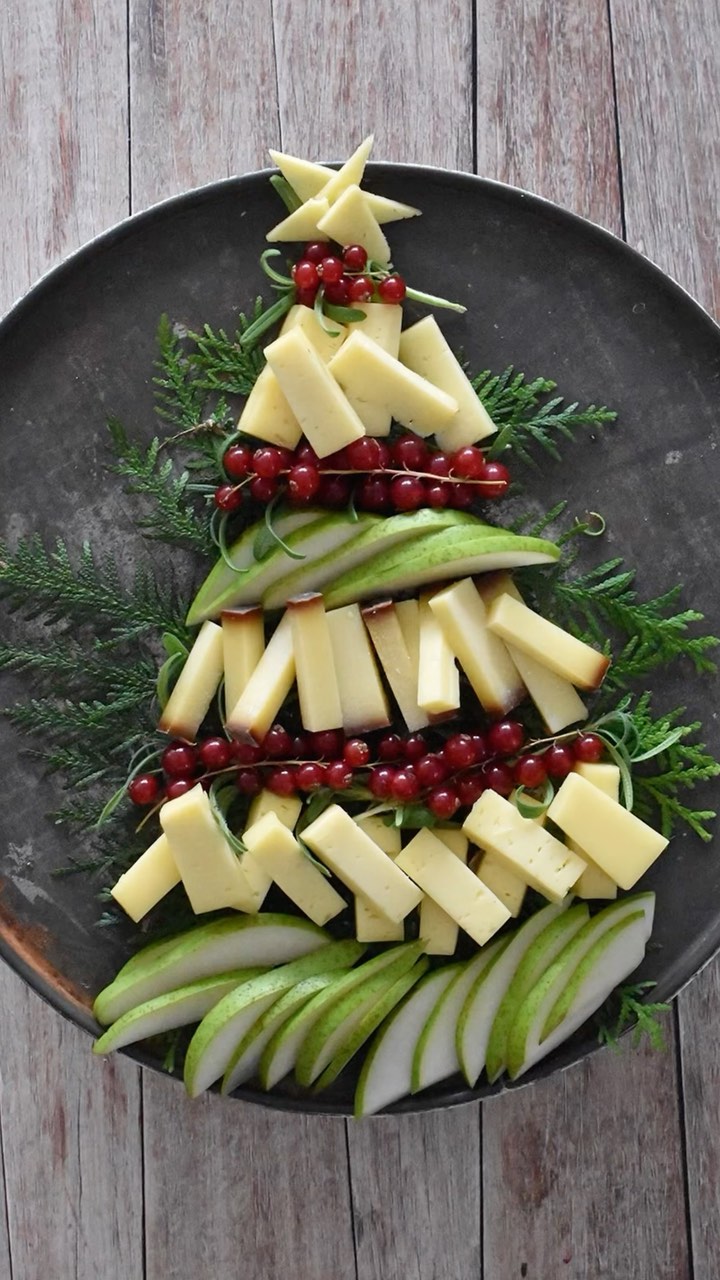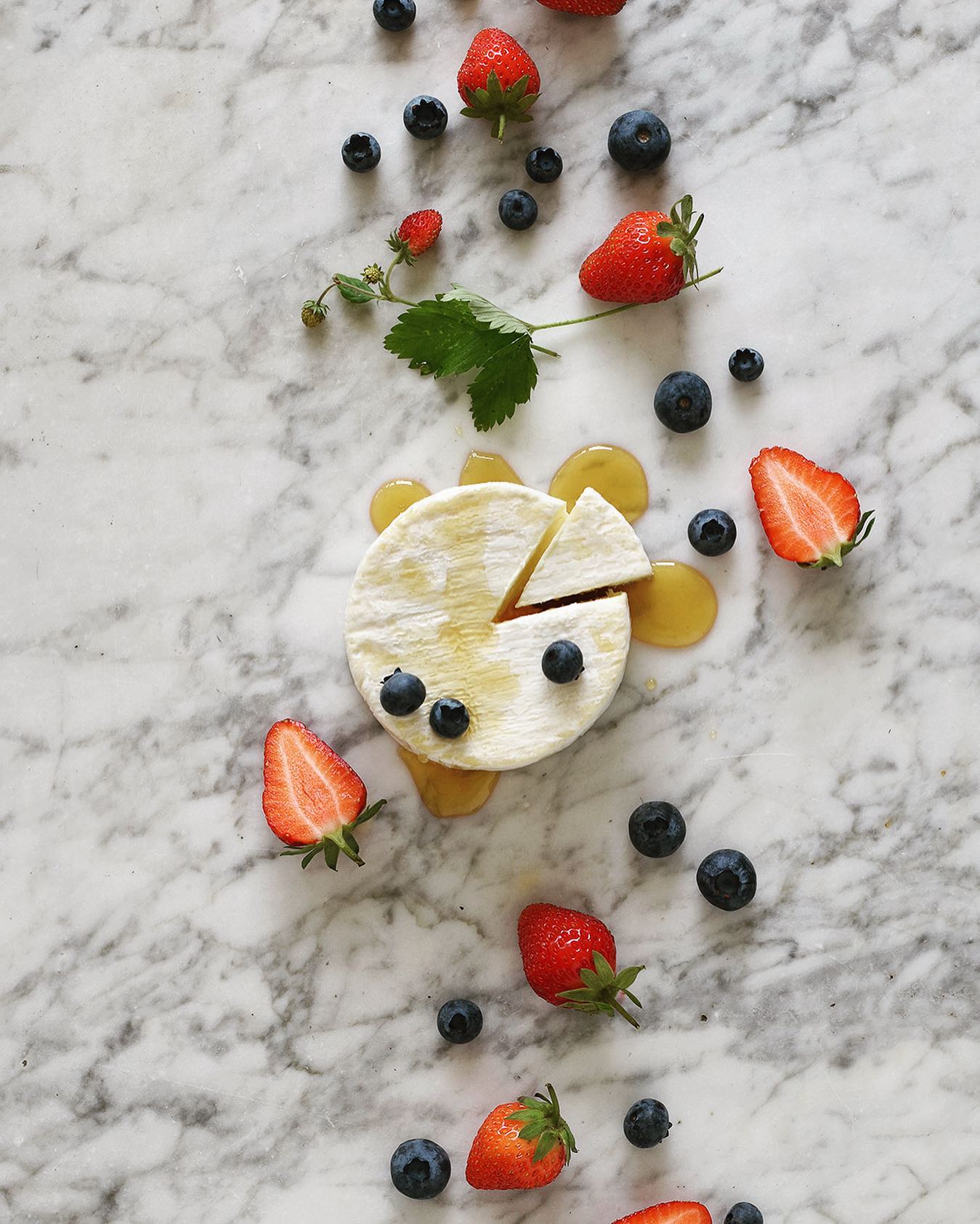Dried fruit marinated in port pairs really well with cheese. And it is easy to make.
Welcome to my cheese universe. I am a Danish cheese blogger, passionate about cheese (even though it wasn't always like this)... Read More...
Dried fruit marinated in port pairs really well with cheese. And it is easy to make.
Does it matter if the cheese is maturing on a wooden shelf? You bet!
Cheesetalks.com is the name of a new cheese blog about European cheese. Curious about what it is?
Pecorino sardo is one of several Italian sheep milk cheeses.
Cacio e pepe means ‘cheese and pepper’ which are the main ingredients in this pasta dish.
Enjoy these beautiful roses of vegetables and cheese. You can use emmental – or another cheese you fancy.
Welcome to my cheese universe. I am a Danish cheese blogger, passionate about cheese (even though it wasn't always like this)... Read More...






















